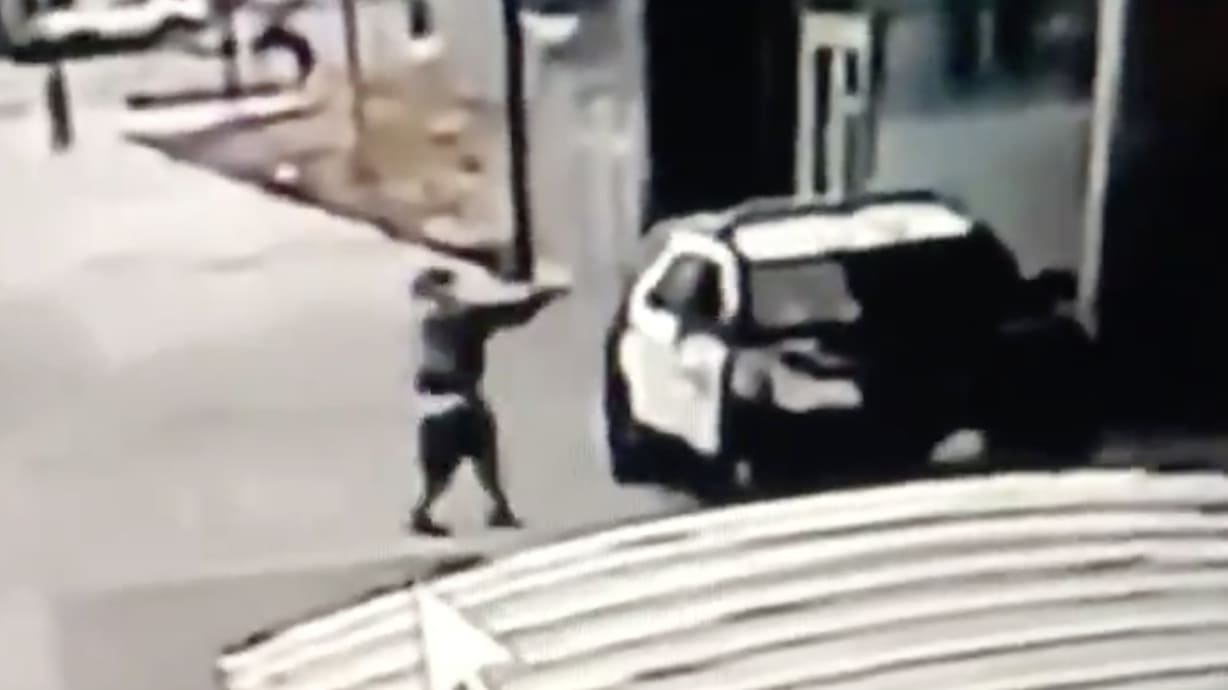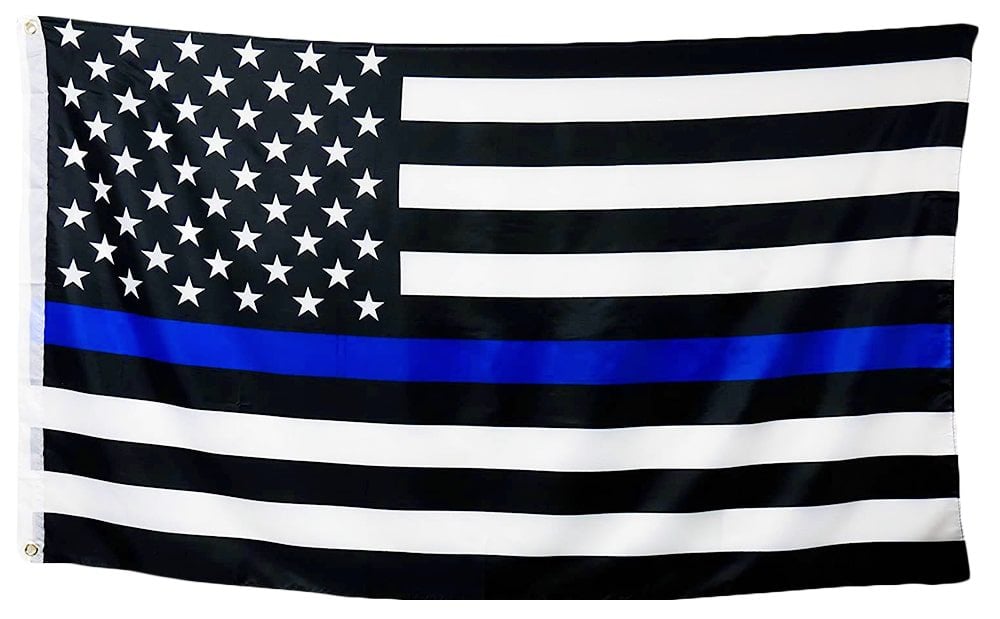The suspect who shot the deputies still at large hours later, and investigators released the vaguest of descriptions. The sheriff’s office noted that the video, which was shot through a fish-eye lens, provided a distorted view of the scene.
The shooting caught the attention of President Donald Trump, who tweeted, “Animals that must be hit hard!”—even though police have said there was only one gunman.

The shooting caught the attention of President Donald Trump, who tweeted, “Animals that must be hit hard!”—even though police have said there was only one gunman.
‘Cowardly’: Video Shows Gunman Ambushing Two L.A. Deputies in Patrol Car
The officers are in critical condition after surgery, and the suspect is on the run.
www.thedailybeast.com


.png)





